POPULATION
1,720,000
CURRENCY
OMANI RIAL
TIMEZONE
GMT +4:00
LANGUAGE
ARABIC
WEATHER
JULY 37ºC /
JANUARY 21ºC
AIRPORTS
Muscat International Airport
HISTORICAL IMPORTANCE OF MUSCAT
Muscat holds significant historical importance as the capital city of Oman, boasting a rich heritage that spans millennia. Its strategic location along ancient maritime trade routes in the Gulf of Oman has made it a hub of commerce and cultural exchange since antiquity. The city's prominence grew under various rulers, including the Persians, Portuguese, and Ottomans, each leaving their mark on its architecture, customs, and governance. Muscat's forts, such as Al Jalali and Al Mirani, stand as enduring symbols of its defensive prowess and strategic importance. Today, Muscat continues to blend its historical legacy with modern development, serving as a cultural center and diplomatic hub in the region, while preserving and showcasing its vibrant past through museums, festivals, and archaeological sites.

WHY IS MUSCAT THE CAPITAL OF OMAN?
Muscat serves as the capital city of Oman, playing a pivotal role in the country's political, economic, and cultural landscape. Strategically located along the Gulf of Oman, Muscat has historically been a hub of maritime trade and diplomacy due to its advantageous position on ancient trade routes. As the seat of Oman's government, Muscat houses important institutions such as the Royal Palace, government ministries, and the Majlis Oman (Parliament). The city's significance extends beyond administrative functions; it is also a center for cultural activities, hosting museums, theaters, and cultural festivals that celebrate Oman's rich heritage and traditions. Muscat's development has been carefully managed to balance modern infrastructure with efforts to preserve its historical sites and natural beauty, making it a compelling destination for tourists and a vibrant home for its residents.
THE BEST TIME TO VISIT MUSCAT
The best time to visit Muscat is typically from October to April, during the winter months. This period offers pleasant weather with cooler temperatures ranging from around 20°C to 30°C (68°F to 86°F). This contrasts with the hot and humid summer months from May to September, when temperatures can soar above 40°C (104°F), making outdoor activities uncomfortable. Additionally, the winter months coincide with the tourist season in Muscat, ensuring that visitors can enjoy various outdoor and cultural attractions comfortably without the extreme heat of the summer.
TRANSPORTATION TO MUSCAT
Muscat is well-connected by air, with Muscat International Airport serving as the primary gateway for both domestic and international flights. The airport is located about 30 kilometers west of the city center and offers various transportation options including taxis, rental cars, and airport shuttle services to downtown Muscat and surrounding areas. Within the city, transportation mainly relies on taxis and ride-hailing services like Uber and local equivalents. While public buses do operate, they are less frequent and may not cover all areas comprehensively. Renting a car is a popular choice for tourists looking to explore beyond Muscat, as it provides flexibility and convenience to visit attractions like the nearby mountains, beaches, and historical sites at their own pace.
NO SKYSCRAPERS
Muscat distinguishes itself among global capitals by intentionally eschewing skyscrapers, opting instead for a cityscape dominated by low-rise buildings. This architectural choice reflects Oman's commitment to preserving its cultural heritage and natural beauty. The city's skyline, characterized by traditional architecture and minimal high-rise structures, creates a unique ambiance that blends modern amenities with historical charm. This approach not only enhances the aesthetic appeal of Muscat but also fosters a more open and breathable urban environment, allowing residents and visitors to enjoy panoramic views of the sea and mountains without the overshadowing presence of towering structures.
THINGS TO DO AND PLACES TO VISIT
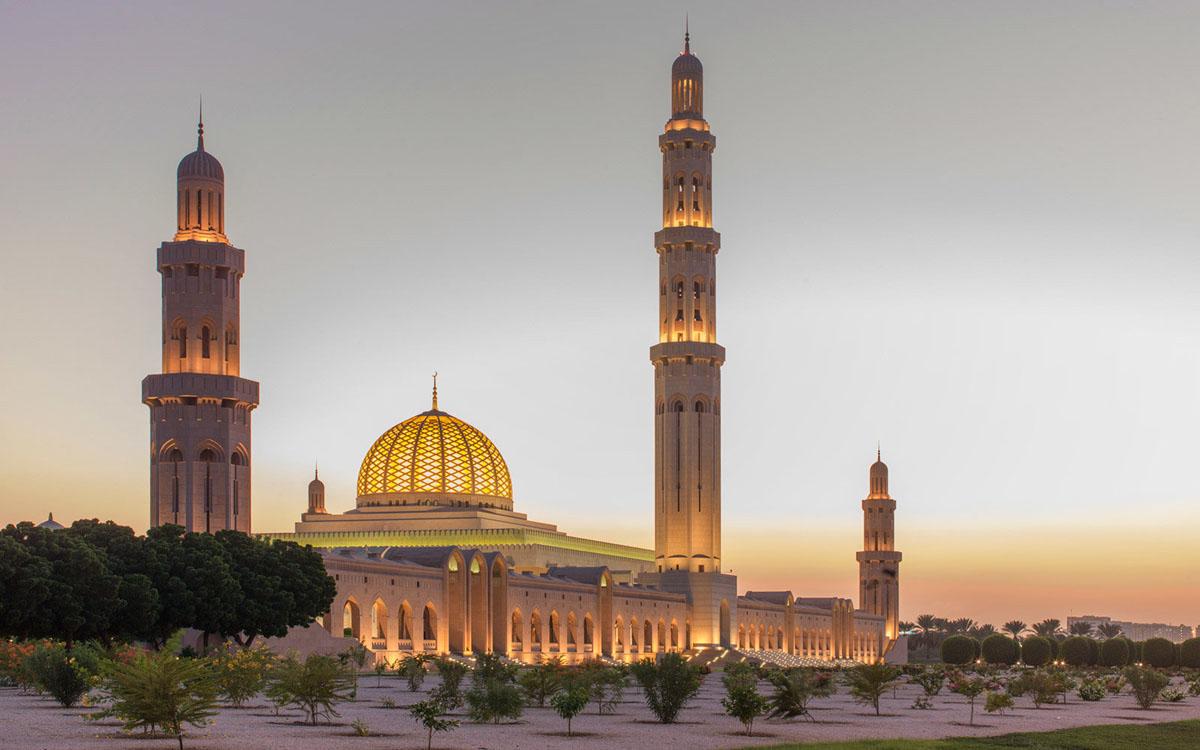

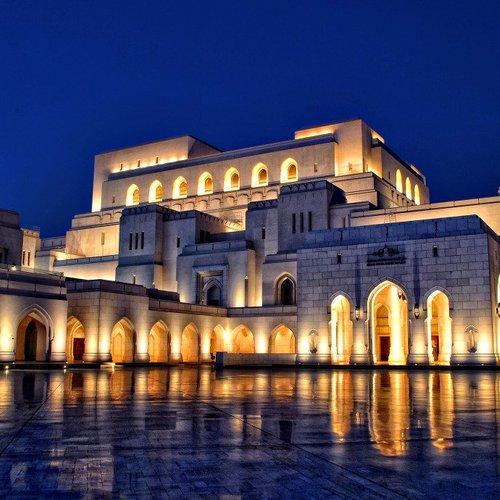
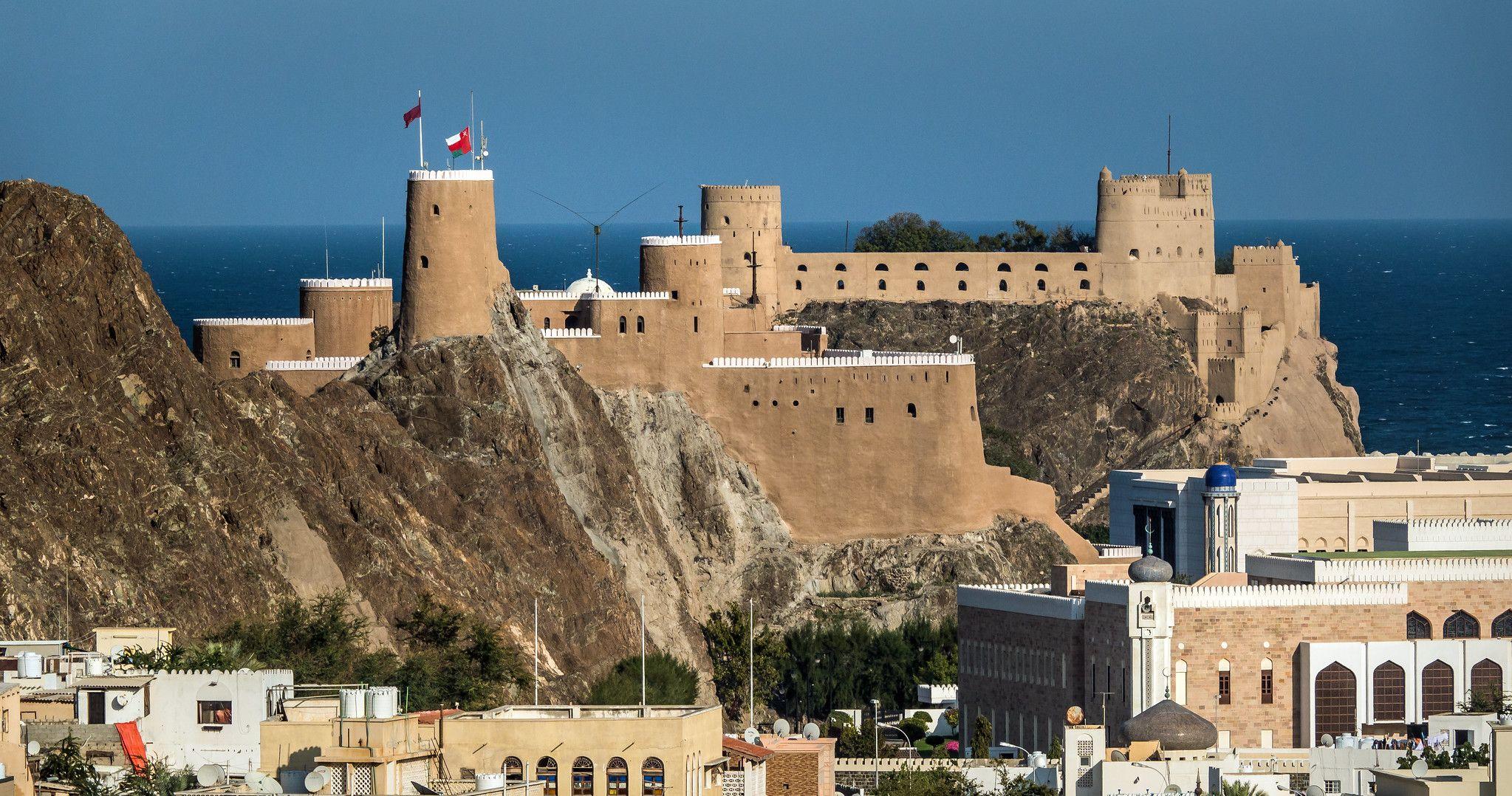
WHAT TO EAT IN MUSCAT
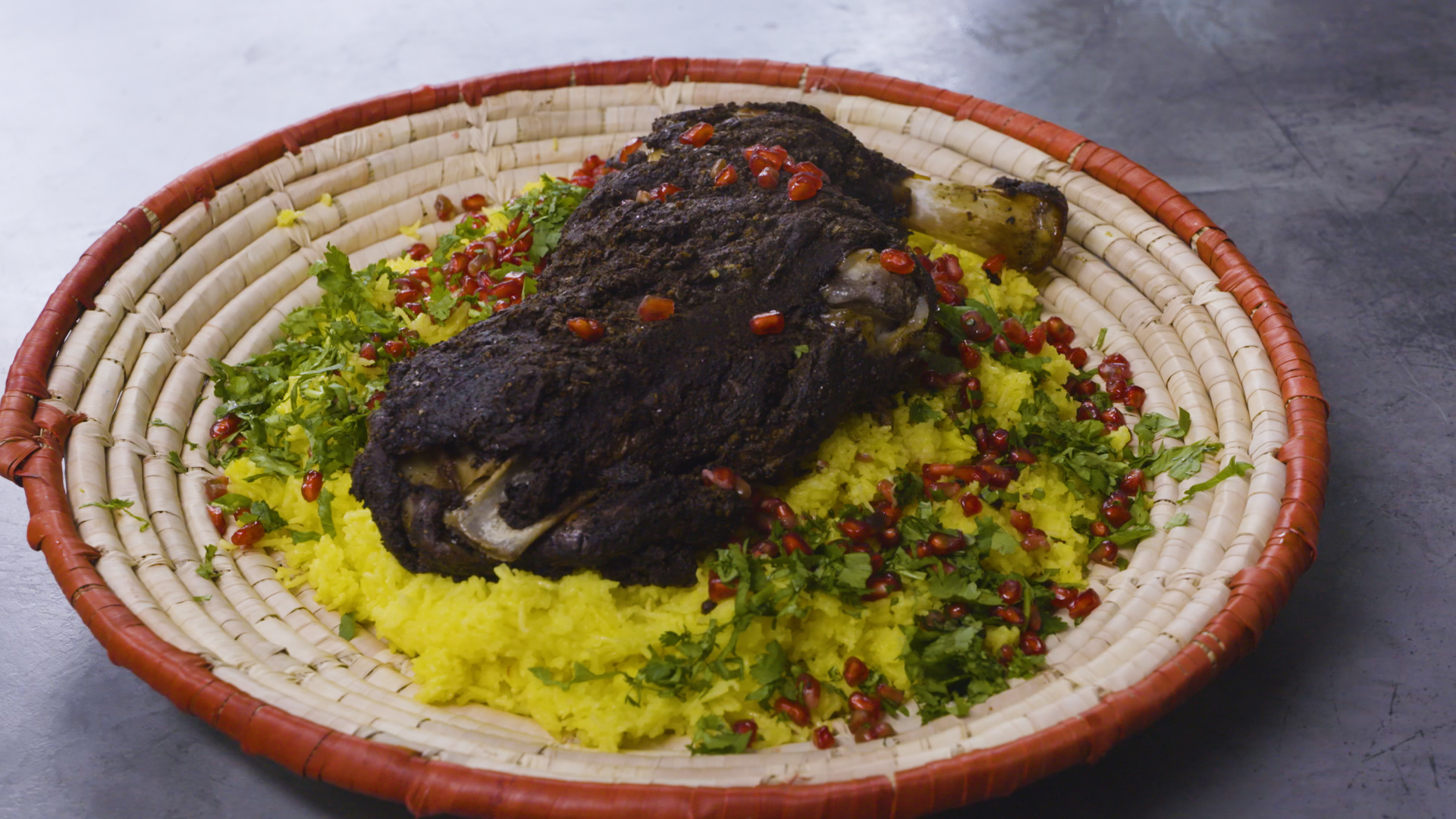
OMANI SHUWA
Omani Shuwa is a traditional dish that holds deep cultural significance in Oman, often prepared for special occasions and celebrations. It involves marinating meat (typically lamb or goat) in a mixture of spices, then wrapping it in banana leaves and slow-cooking it in an underground clay oven called a "tanour". The slow cooking process, which can take up to 24 hours, results in tender, flavorful meat infused with the aromatic spices and the subtle sweetness from the banana leaves. Omani Shuwa is known not only for its delicious taste but also for the communal aspect of its preparation, bringing families and communities together to share in this cherished culinary tradition.
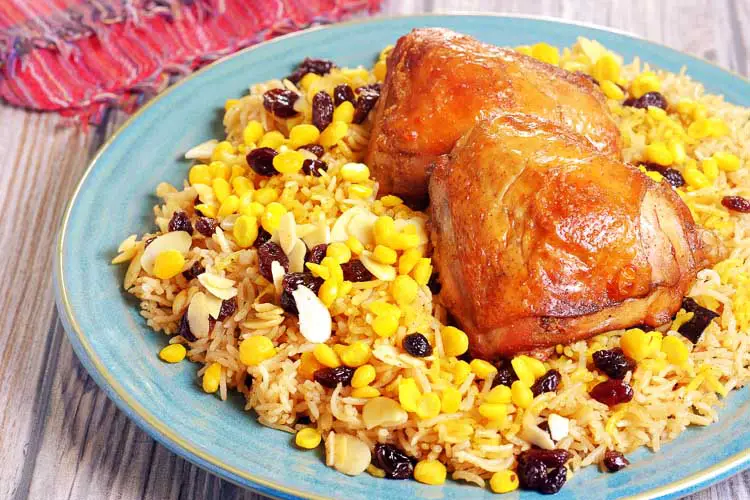
MAQBOUS
Maqbous, a popular dish in Muscat, Oman, is a flavorful rice dish often enjoyed as a centerpiece for special occasions and gatherings. It typically consists of spiced rice cooked with meat (like chicken, lamb, or beef), and is seasoned with a blend of aromatic spices including saffron, cardamom, and cinnamon. The dish is usually accompanied by vegetables and sometimes topped with fried nuts or raisins for added texture and flavor. Maqbous is known for its rich and aromatic taste, reflecting the culinary traditions of Omani cuisine and the broader Arabian Peninsula.

HELWA
Helwa, also known as Halwa, is a traditional Omani dessert that holds cultural significance and is often served during festive occasions and celebrations. It is made from a mixture of sugar, ghee (clarified butter), rosewater, and various nuts such as almonds or walnuts. The ingredients are cooked together over low heat until the mixture thickens to a jelly-like consistency. Helwa is then flavored with cardamom or saffron, imparting a distinctive aroma and taste. It is typically garnished with more nuts on top and cut into small, diamond-shaped pieces before serving. Helwa is cherished not only for its sweet and rich flavor but also for its role in hospitality, as it is commonly offered to guests as a gesture of warmth and welcome in Omani culture.

DATES
Dates are an integral part of Omani cuisine and culture, renowned for their sweetness, nutritional value, and versatility. Oman produces several varieties of dates, each with its own unique flavor and texture. Some popular Omani date varieties include Khalas, Khunaizi, and Medjool dates. Dates are enjoyed fresh as a snack or dessert and are often served with Arabic coffee (qahwa) to balance the bitterness of the coffee. They are also used in various Omani dishes and desserts, such as in maqbous (a rice dish) and in halwa (a sweet dessert). Dates are known for their high nutritional content, including fiber, vitamins, and minerals, making them not only delicious but also a healthy choice. In Omani culture, dates hold symbolic importance and are traditionally offered as a gesture of hospitality and goodwill to guests.
HOW MANY DAYS SHOULD YOU SPEND IN MUSCAT?
The ideal duration to spend in Muscat largely depends on your interests and travel plans. For a comprehensive experience, spending around 3 to 4 days in Muscat is recommended. This allows enough time to explore the city's key attractions, such as the Sultan Qaboos Grand Mosque, the Muttrah Corniche and Souq, and historic landmarks like Al Jalali and Al Mirani forts. You can also enjoy leisure activities like visiting museums, exploring traditional Omani architecture in Old Muscat, and indulging in local cuisine. Additionally, consider day trips to nearby attractions such as Wadi Shab, Bimmah Sinkhole, or the rugged mountains of Jebel Akhdar for a deeper exploration of Oman's natural beauty. Whether you're interested in history, culture, or outdoor adventures, spending a few days in Muscat provides a well-rounded experience of this vibrant capital city.
